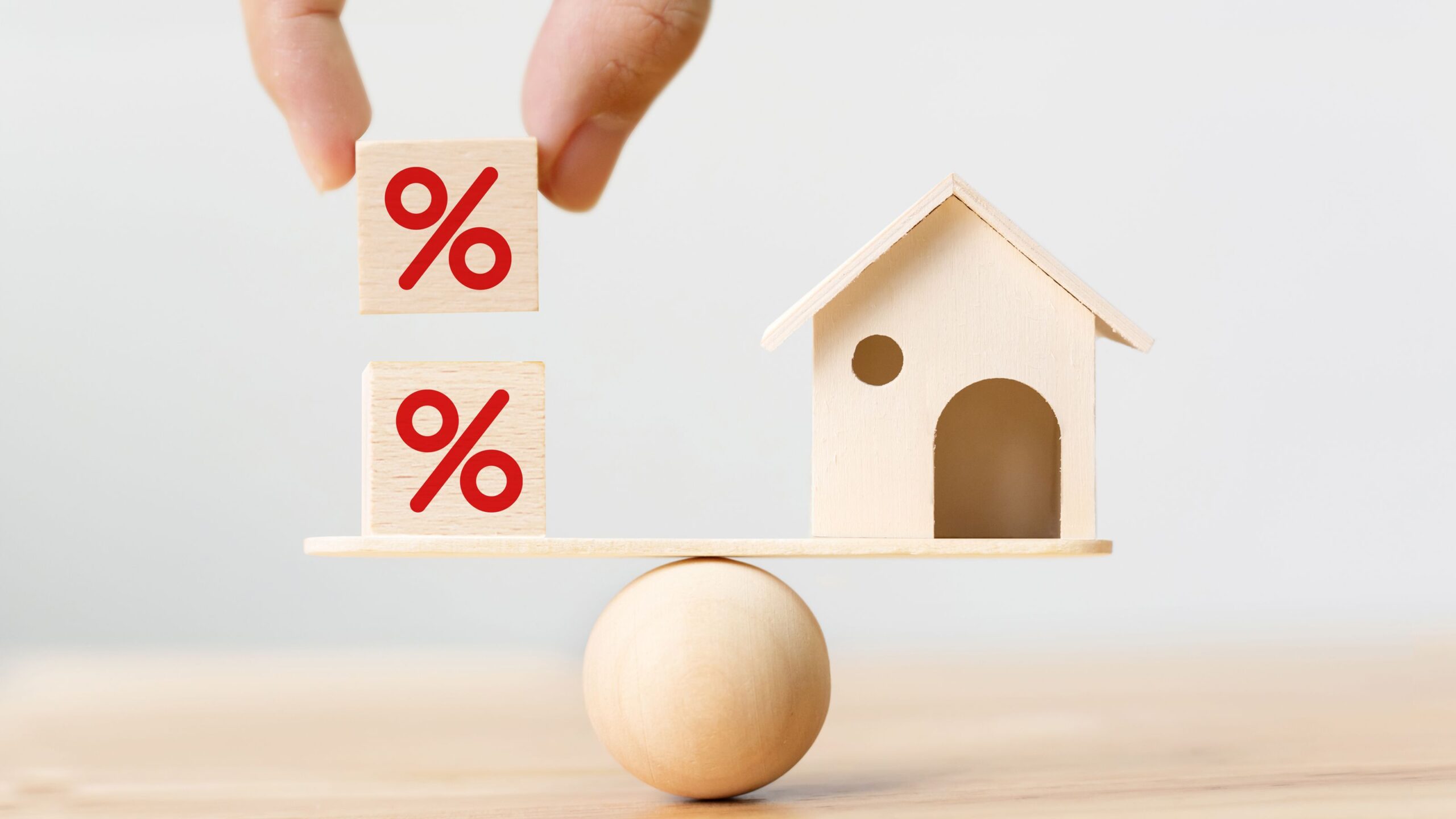A reverse mortgage is one kind of loan that allows homeowners to borrow against a part of their home’s equity. It helps the homeowners to convert their home equity into cash income. To understand how the reverse mortgage works, it is very important to have a better idea about equity. Equity is the current market value of your property excluding all the amount of all loans. When you receive a reverse mortgage from any lender, you have to borrow it against the portion of that equity. The amount of money is not taxable and you can choose to make payments as a line of credit.

Types of reverse mortgages
You can find four types of reverse mortgages in the current economy. A home equity conversion mortgage is the first type that is backed by the Federal Housing Administration (FHA). The next one is a Home Equity Conversion Mortgage (HECM) for purchase. It allows the adults to take a mortgage. The third one is a proprietary reverse mortgage. Private reverse mortgage lenders offer this mortgage which is not insured by the federal government. The last one is a single-purpose reverse mortgage that offers lower fees and interest rates.

Advantages and disadvantages of reverse mortgages
There are many benefits of getting a reverse mortgage on your home like accessing a large amount of cash or not paying income tax on that amount of money. It allows you a wide range of flexibility while receiving the money such as a lump sum upfront, an annuity, or a line of credit.
On the contrary, it has some drawbacks like paying mortgage insurance premiums and bearing other costs including fees and closing costs. It also affects your eligibility associated with your medical and supplemental security income.